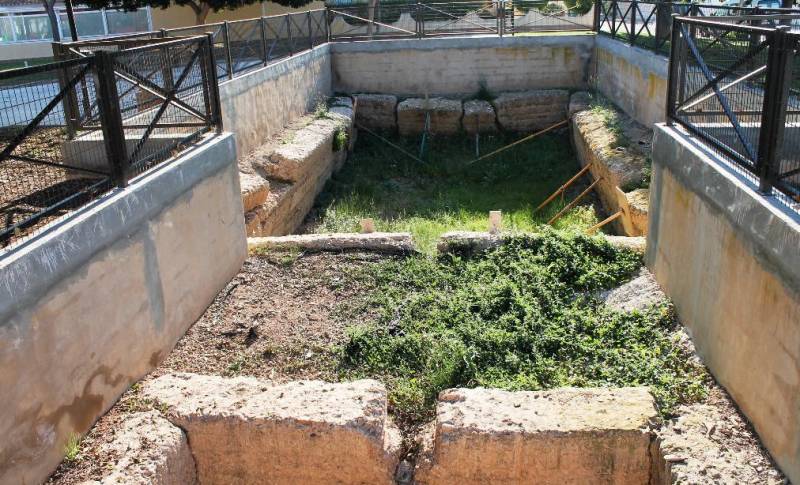

Guidelines for submitting articles to La Torre Golf Resort Today
Hello, and thank you for choosing La Torre Today.com to publicise your organisation’s info or event.
La Torre Golf Resort Today is a website set up by Murcia Today specifically for residents of the urbanisation in Southwest Murcia, providing news and information on what’s happening in the local area, which is the largest English-speaking expat area in the Region of Murcia.
When submitting text to be included on La Torre Golf Resort Today, please abide by the following guidelines so we can upload your article as swiftly as possible:
Send an email to editor@spaintodayonline.com or contact@murciatoday.com
Attach the information in a Word Document or Google Doc
Include all relevant points, including:
Who is the organisation running the event?
Where is it happening?
When?
How much does it cost?
Is it necessary to book beforehand, or can people just show up on the day?
…but try not to exceed 300 words
Also attach a photo to illustrate your article, no more than 100kb

The Roman water deposits of Los Diegos in Los Alcazares
The 2000-year-old ruins in Los Narejos were used for unknown purposes!
 Very little is known about the function and purpose of these Roman remains in the Los Narejos district of Los Alcázares other than the fact that they were built between the 2nd century BC and the 3rd century AD.
Very little is known about the function and purpose of these Roman remains in the Los Narejos district of Los Alcázares other than the fact that they were built between the 2nd century BC and the 3rd century AD.
There is no certainty over whether they formed part of a larger complex of constructions, but they may have been related to the water supply infrastructures serving a Roman villa or agricultural concern, possibly for the treatment of esparto grass prior to weaving or for treating clay for pottery, or for creating salted fish products… no evidence has been found to resolve the mystery.
What is known is that the walls are made out of “opus caementicium” cement, containing small pebbles and ceramic fragments, and lined with “opus signinum”. This is one of the facts which helps to date the remains mainly to the later period of the Roman Republic, most likely the 3rd century AD. Examination of the composition of the cement shows the remains of many small marine creatures endemic to the Mar Menor, suggesting that the water was collected from the nearby beach.
The structure unearthed as recently as 1990 during excavation work measures 7.45 by 13.70 metres and only two of the pools are interconnected.
The structures can be seen in Avenida Radio Baliza Óscar in Los Narejos (click here for map).
For more local information contact the tourist offices in Los Alcázares or go to the home page of Los Alcázares Today.
Information for residents and visitors in Los Alcázares and Los Narejos
 Despite being a relatively small municipality Los Alcázares relies to such a large extent on year-round tourism that it operates two tourist information offices, one in the town itself and the other in the seafront district of Los Narejos.
Despite being a relatively small municipality Los Alcázares relies to such a large extent on year-round tourism that it operates two tourist information offices, one in the town itself and the other in the seafront district of Los Narejos.
The fully qualified staff at both offices strive to provide you with all the information you need to make the most of your time in Los Alcázares, recommending places to visit, things to do and upcoming events in the area as well as practical help. The multitude of leaflets on offer will help you to fully enjoy the Costa Cálida and the Mar Menor!
Contact details:
Los Alcázares office
Avenida Trece de Octubre, 8, 30710 Los Alcázares, Murcia (click for map)
Open year-round weekdays 9.00 to 14.00.
Additional opening hours in summer during the afternoon, weekdays 17.00 to 19.00 and on Saturday and Sunday mornings 10.00 to 13.00.
Telephone: 968 575756
Email: turismo@losalcazares.es
Los Narejos office
Avenida Cartagena, esquina Calle Piscis (click for map)
Open on weekdays 9.00 to 14.00 throughout the year.
Telephone: 968 582119
Email: turismolosnarejos@losalcazares.es
